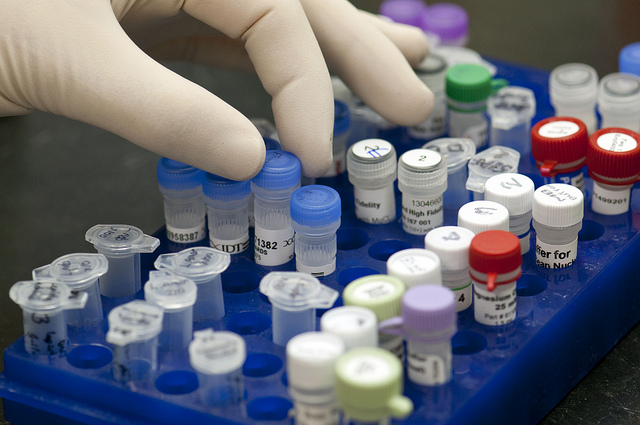Aggregated News

Recent leaps in the biosciences, combined with big data analysis, have led us to the cusp of a revolution in medicine. For the first time, humans can intervene in changing our genetic code — and the disease genes embedded in it — that took biological evolution 3.5 to 4 billion years to produce.
Not only have we learned to read and write the genetic code; now we can put it in digital form and translate it back into synthesized life. In theory, that gives our species control over biological design. We can write DNA software, boot it up to a computer converter and create unlimited variations of the gene sequences of biological life.
The most anxiously and immediately awaited outcome of this new capacity is its application for correcting genetic deficiencies that lead to a range of maladies, from cancer to diabetes to Alzheimer’s. Here, some humility must temper hope. What we know is surely considerable, but it is dwarfed by what we still have to learn.
What we know
The human genome, which represents each individual’s entire set of...



